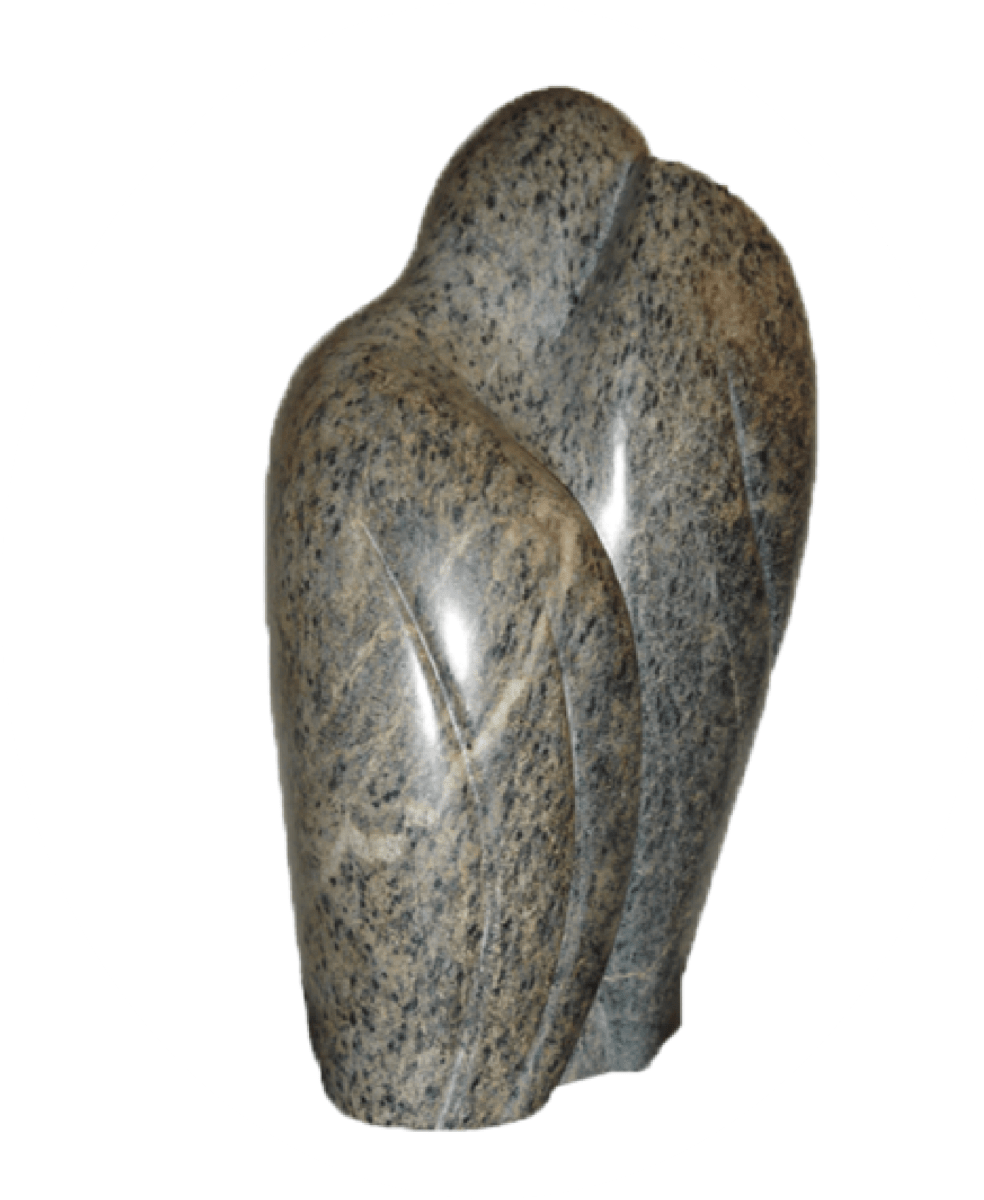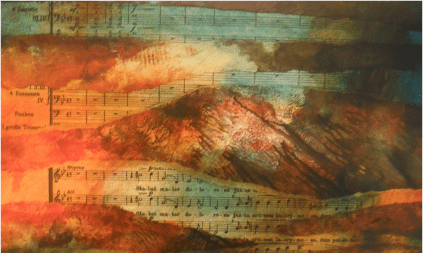Miguel de Ambiela
About the composer
From the cd-booklet: Miguel de Ambiela was born at La Puebla de Albortón in 1666, and became maestro de capilla at the Basilica of Our Lady of the Pillar, Saragossa. He was a composer employing conservative traditional polyphony. Some of his works have been preserved in Latin American manuscripts. He died in Toledo in 1733, in Spain, in his fifties.
About the Stabat Mater
| Date: | ca. 1700 |
| Performers: | Mixed choir |
| Length: | 9.44 minutes |
| Particulars: | From the CD booklet: The music of the completely unknown composer Miguel de Ambiela is for the most part preserved in the choirbooks of Toledo cathedral where he spent some time as chapelmaster. The four-part Stabat Mater radiates tranquillity and restrained asceticism, achieved by the slow movement of the cantus firmus on which the composition is constructed. |
| Textual variations: | Only the first ten stanzas are sung. The "Vatican"-version of the text is used. |
| Colour bar: |
|
Information about the recording
| CD: | Cypres 1669 – Huelgas Ensemble La Oreja de Zurbaràn |
| More info: | The title of the CD is La Oreja de Zurbaràn. Francisco de Zurbarán was a Spanish painter (1598 – 1664). In 2014 the paintings from Zurbarán were exposed in Brussels in the Paleis voor Schone kunsten (for the first time in the Benelux!) This special exhibition offered Paul van Nevel and his Huelgas Ensemble the opportunity for making a musical program on CD with music that the Spanish painter could have listened to during his stay in Seville or Madrid. “The ear of Zurbarán” became the musical expression of the paintings from this mystic painter. In the CD-booklet you will find several pictures of the paintings from Zurbarán. |
| Choir: | Huelgas Ensemble |
| Conductor: | Paul van Nevel |
| Other works: | Andrés Barea, Miserere mei Deus |
| Code: | 2014 AMB-01 (253) |





